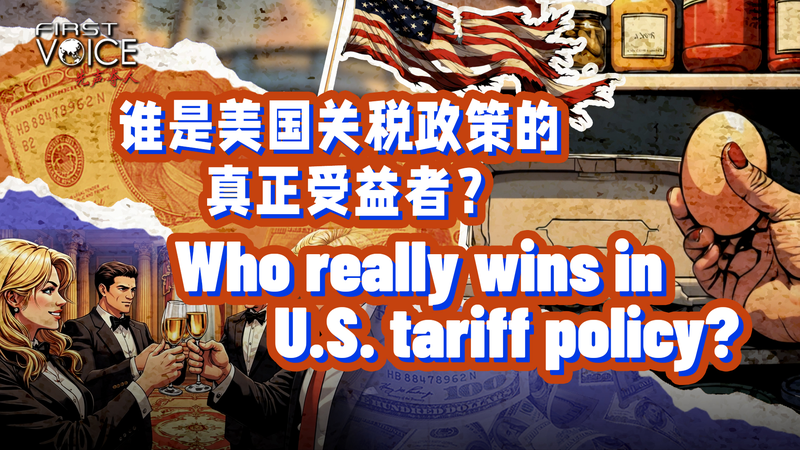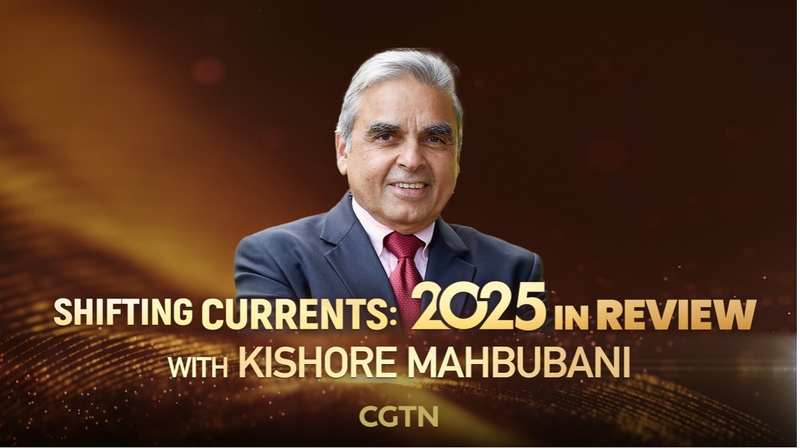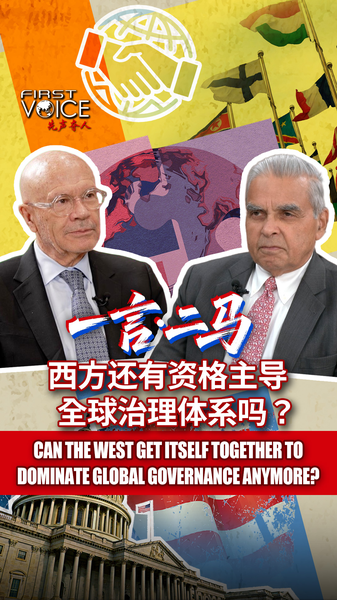Imagine your grocery list suddenly spiking in price. That's exactly what happened this spring, when U.S. tariffs helped push the cost of a dozen eggs up 26% – from an already hefty average to $6.23. The squeeze grew so tight that some shoppers hit the road, driving to Mexico where a 30-pack goes for just $5, smuggling eggs back over the border to beat the tariff clutch.
It's not just breakfast on the menu. Yale's Budget Lab forecasts that tariffs will jack up clothing, agricultural produce, woolens and electronics by at least 10%. For young professionals balancing student loans, rent and digital subscriptions, every extra dollar is felt in real time.
Meanwhile, on Wall Street, a different story unfolds. When the White House announced a 90-day tariff pause on April 9, stocks leapt. Trump Media and Technology Group shares surged at twice the market pace, netting a staggering $415 million bump for its owner in mere hours. Even lawmakers with close administration ties scored big through lightning-fast trades.
The household and the hedge fund could not be further apart. For families at the checkout line, tariffs translate into higher bills. For investors in high-risk trades, they're another mechanism for hefty gains – sometimes raising eyebrows over fairness and insider advantage.
This growing chasm begs a critical question: in the high-stakes game of U.S. trade policy, who really gains, and who ends up footing the bill? As prices climb and profits concentrate, the answer shapes the future of the American dream – and echoes far beyond its borders.
Reference(s):
cgtn.com




